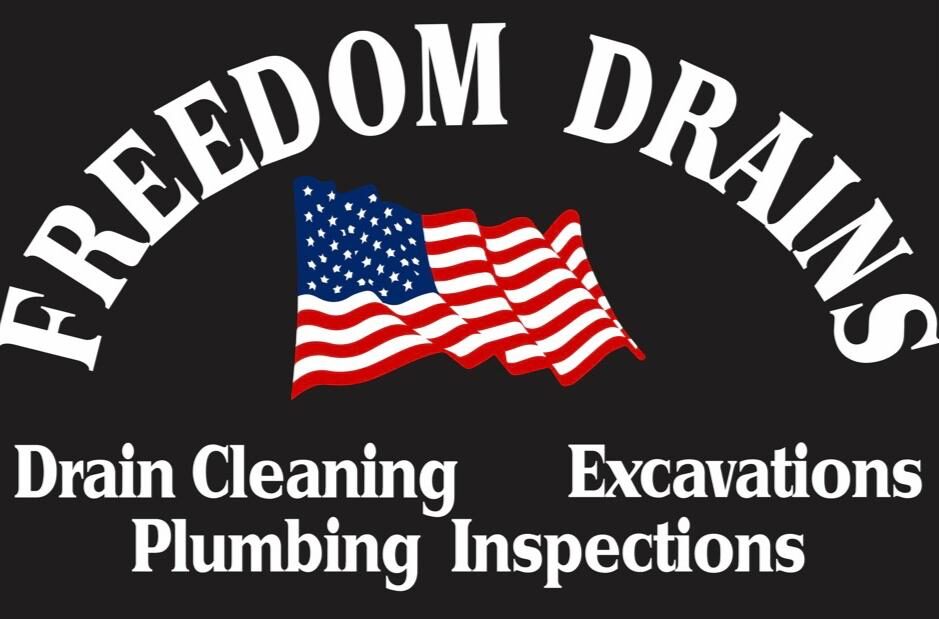Dealing with a broken pipe is stressful enough, but navigating the insurance claims process can add another layer of complexity. This article provides guidance on how to handle insurance claims related to broken pipes and water damage. Understand that we are not an insurance provider, nor are we licensed to sell insurance. Please contact your insurance provider for more details on insurance matters. This is not insurance advice, please seek a professional for insurance advice.
Understanding Your Homeowners Insurance Coverage:
Most standard homeowners insurance policies cover water damage caused by sudden and accidental events, such as burst pipes due to freezing. However, coverage may vary depending on the cause of the break and the specific details of your policy.
What is Typically Covered:
- Damage from Sudden and Accidental Leaks: This includes damage caused by burst pipes, sudden leaks from plumbing fixtures, and accidental overflows.
- Cost of Repairs: Your insurance may cover the cost of repairing or replacing the damaged pipe and any resulting water damage to your home’s structure and belongings.
What is Typically Not Covered:
- Damage from Gradual Leaks: Damage caused by slow, ongoing leaks that have occurred over time is usually not covered.
- Damage Due to Neglect or Lack of Maintenance: Damage caused by neglecting necessary maintenance, such as failing to insulate pipes or address tree root intrusion, is typically not covered.
- Flood Damage: Damage caused by flooding is typically not covered by standard homeowners insurance policies and requires separate flood insurance.
Filing an Insurance Claim:
If you experience a broken pipe and need to file an insurance claim, follow these steps:
- Mitigate Further Damage: Take steps to prevent further damage, such as turning off the water supply and removing valuable belongings from the affected area.
- Document the Damage: Take photos and videos of the damage before starting any cleanup or repairs.
- Contact Your Insurance Company: Contact your insurance company as soon as possible to report the damage and file a claim.
- Keep Records of All Expenses: Keep detailed records of all expenses related to cleanup and repairs, including receipts and invoices.
- Cooperate with the Insurance Adjuster: Cooperate with the insurance adjuster who will be sent to assess the damage.
Working with Freedom Drains:
Freedom Drains can assist you with the insurance claims process by:
- Providing a Detailed Assessment of the Damage: We can provide a written assessment of the damage to your plumbing system, which can be helpful when filing your claim.
- Providing Invoices and Receipts: We will provide you with detailed invoices and receipts for all work performed.
- Communicating with Your Insurance Company: If needed, we can communicate directly with your insurance company to help facilitate the claims process.
Understanding your insurance coverage and following the proper procedures can help you navigate the claims process smoothly and receive the compensation you deserve.
